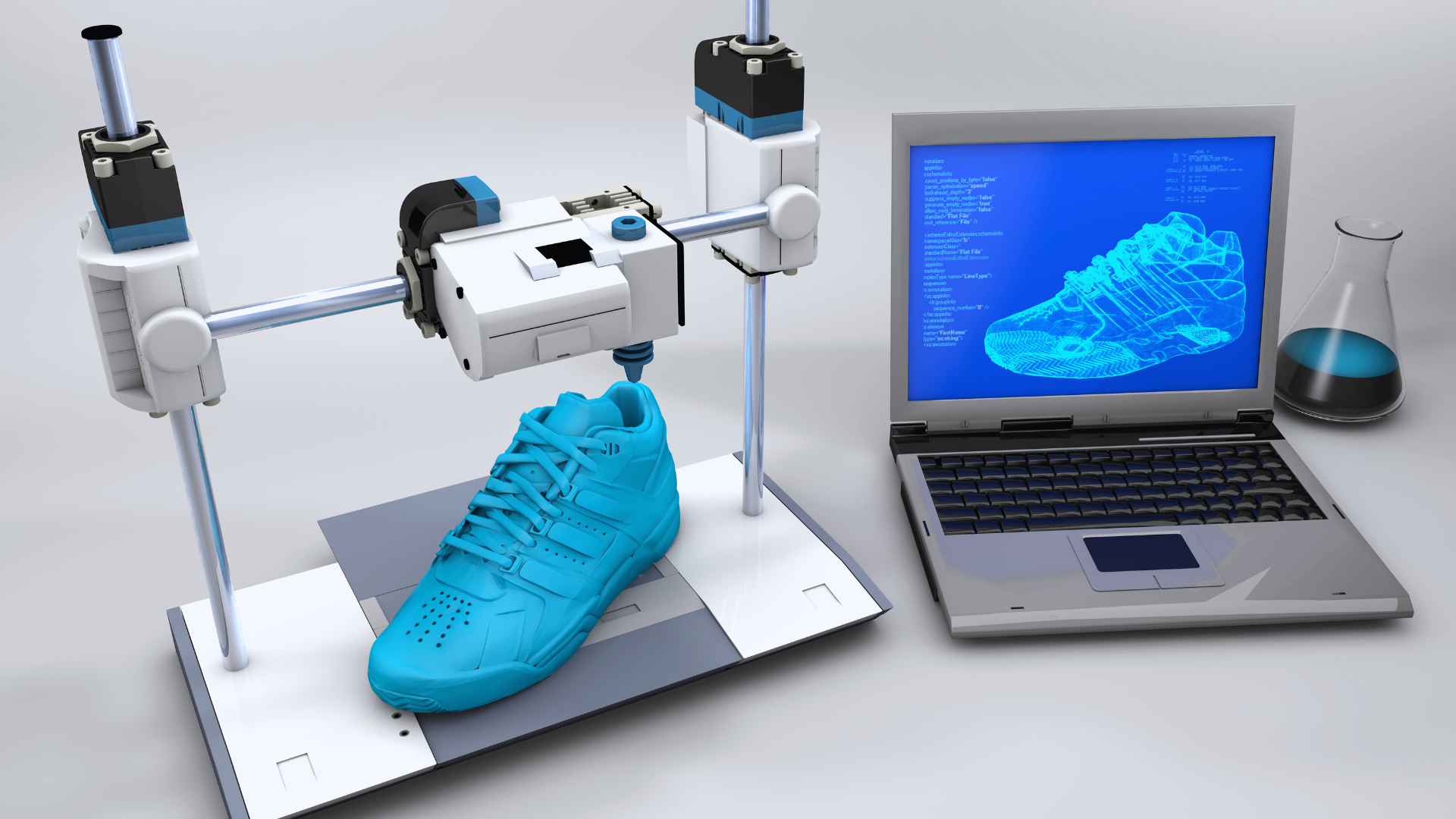Advanced manufacturing technology is transforming industries by enhancing efficiency and precision. Innovations such as additive manufacturing, robotics, and artificial intelligence are at the forefront, creating new possibilities for production processes. These technologies not only reduce costs but also allow for greater customization and faster production times.
For instance, in the airline industry, 3D printing is being used to produce complex components like fuel nozzles and structural brackets, making parts lighter, stronger, and more efficient. Robotic assembly and AI-driven production lines further streamline manufacturing, reduce errors, and enable faster delivery of aircraft tailored to airline needs. Companies like PCX Aerosystems can exemplify this, using advanced machining and precision assembly to create flight-critical components reliably and efficiently.
Similarly, in the healthcare sector, hospitals are leveraging advanced manufacturing technologies to enhance patient care. 3D printing allows for patient-specific implants, prosthetics, and anatomical models that help surgeons plan complex procedures with greater precision. Meanwhile, robotic-assisted surgeries and AI-based workflow management improve operational efficiency, reduce errors, and allow for more personalized treatment plans, ultimately improving patient outcomes.
As companies strive to stay competitive, the integration of smart technologies into manufacturing is essential. This shift enables manufacturers to respond swiftly to market demands and environmental challenges. The use of data analytics and IoT devices is paving the way for smarter factories that operate with enhanced connectivity and real-time insights.
The impact of these advancements extends beyond manufacturing efficiency; they also play a critical role in sustainability efforts. By utilizing less energy and materials, new manufacturing processes contribute to a greener economy. These innovations are set to define the future landscape of production, making it an exciting time for industry professionals and enthusiasts alike.
Overview of Advanced Manufacturing Technologies
Advanced manufacturing technologies encompass a range of innovative processes and systems that enhance production efficiency and product quality. These technologies are transforming manufacturing by integrating cutting-edge tools and methodologies.
Defining Advanced Manufacturing
Advanced manufacturing refers to the use of innovative technologies to improve products and production processes. This includes techniques like additive manufacturing, also known as 3D printing, and smart manufacturing, which utilizes data analytics and IoT. It can also include precision industrial machinery that enhances manufacturing accuracy and efficiency. For example, there are various Types of Deep Hole Drilling Machines that can be used to create precise, deep holes in components for industries like automotive, aerospace, and medical devices.
The focus is on precision, customizability, and efficiency. Robotics, artificial intelligence, and machine learning play crucial roles, enabling faster adjustments to production lines and minimizing waste.
Key Trends Shaping the Industry
Several trends are currently influencing advanced manufacturing. The rise of automation is significant, as robotic systems take on more complex tasks, enhancing productivity.
The adoption of Industry 4.0 practices, such as the Internet of Things (IoT) and cyber-physical systems, leads to interconnected processes.
Sustainability is also a priority, with manufacturers seeking ways to reduce energy consumption and material waste. These trends indicate a shift towards more responsive, sustainable production.
Impact on Global Competitiveness
Advanced manufacturing significantly affects a country’s global competitiveness. Regions that adopt these technologies can achieve lower production costs and faster time-to-market, giving them a competitive edge.
Moreover, innovation-driven manufacturing strengthens supply chains and enhances product quality. Countries investing in research and development are more likely to attract talent and investment, bolstering their manufacturing capabilities.
Meanwhile, advanced technological solutions like rapid prototyping and automation can accelerate product development and improve efficiency. For instance, with approaches like short run manufacturing, businesses can produce small batches, test designs, and make quick adjustments. This flexibility helps reduce waste, optimize resources, and bring products to market faster.
In summary, this continuous evolution in advanced manufacturing positions nations at different levels of global competitiveness.
Breakthroughs in Additive Manufacturing
Additive manufacturing has undergone significant advancements that are reshaping production processes. Innovations in 3D printing techniques, material science, and diverse applications have made manufacturing more efficient and versatile.
Evolution of 3D Printing Techniques
The evolution of 3D printing techniques showcases rapid improvements in speed and precision. Techniques such as Fused Deposition Modeling (FDM) and Selective Laser Sintering (SLS) have gained popularity.
Recent advancements include Multi-Jet Fusion and Continuous Liquid Interface Production (CLIP), which allow for faster production with enhanced resolution. Innovations like digital light processing (DLP) offer improved surface finishes and fine details.
Emerging technologies also explore new methods for layer adhesion and support removal. This evolution enables complexity in designs without compromising durability, making additive manufacturing more comparable to traditional processes.
Material Innovations for Additive Manufacturing
Material innovations play a crucial role in the efficiency of additive manufacturing. Originally limited to plastics, recent developments have expanded the range to include metals, ceramics, and biocompatible materials. Breakthroughs in material science have also introduced advanced composites, such as laminating resin, which can offer exceptional strength, durability, and temperature resistance. These materials broaden the possibilities for high-performance and precision manufacturing across diverse industries.
Thermoplastics are now enhanced with properties like increased strength and flexibility. Metal 3D printing uses powders that are engineered for specific applications, providing superior mechanical properties.
Innovations in bio-based materials support sustainability efforts, reducing waste in production. Materials that allow for color variability and functional properties enable designers to create customized products tailored to specific needs.
Applications Across Industries
Additive manufacturing finds applications in several industries, demonstrating its flexibility and potential impact. In aerospace, it optimizes lightweight structures and reduces material usage.
The medical sector utilizes 3D printing for creating personalized implants and prosthetics, improving patient outcomes. Automotive manufacturing benefits from rapid prototyping, enabling faster design iterations.
In the consumer goods sector, companies use additive methods for custom products and mock-ups, which expedite the development cycle. By integrating additive manufacturing, industries are achieving cost reductions and enhancing product performance.
Emerging Automation and Digitalization Trends
The landscape of advanced manufacturing is undergoing significant transformation driven by automation and digitalization. Key developments include the rise of smart factories, the integration of artificial intelligence, and advanced robotics, each contributing to increased efficiency and productivity.
Smart Factories and the Industrial Internet of Things
Smart factories leverage the Industrial Internet of Things (IIoT) to create interconnected manufacturing environments. Sensors and devices collect real-time data that enable predictive maintenance, process optimization, and improved supply chain management.
Key Features:
- Real-Time Monitoring: Continuous data streaming provides insights into machinery performance.
- Predictive Analytics: Analyzing data to anticipate failures reduces downtime and maintenance costs.
- Enhanced Collaboration: Systems can communicate, leading to better decision-making across production lines.
Smart factories exemplify how connectivity can enhance production efficiency and reduce operational risks.
Role of Artificial Intelligence in Manufacturing
Artificial intelligence (AI) plays a crucial role in transforming manufacturing processes. It enables data-driven decision-making by analyzing vast amounts of information.
Impact on Manufacturing:
- Quality Control: AI algorithms can identify defects in products earlier in the manufacturing process.
- Supply Chain Optimization: AI models predict demand fluctuations, helping to manage inventories efficiently.
- Automated Decision-Making: AI systems can make faster and more accurate decisions than human operators.
The incorporation of AI not only streamlines processes but also drives innovation in product development.
Advanced Robotics Integration
Advanced robotics is increasingly being integrated into manufacturing environments. These robots enhance production capabilities and workforce safety.
Benefits of Advanced Robotics:
- Increased Precision: Robots can perform complex tasks with high accuracy, reducing errors.
- Operational Flexibility: Reprogrammable robots can adapt to different tasks, improving efficiency.
- Safety Enhancements: Robots take over hazardous jobs, minimizing risks for human workers.
By adopting advanced robotics, manufacturers can optimize their operations and sustain competitive advantage in a fast-evolving market.
Sustainable Approaches and Future Opportunities
Innovations in advanced manufacturing technology increasingly focus on sustainability. Key areas include enhancing energy efficiency, reducing waste, and leveraging digital tools to create more sustainable supply chains.
Energy Efficiency and Waste Reduction
Energy efficiency is a primary goal in advanced manufacturing. Companies are implementing smart technologies, such as IoT sensors, to monitor energy consumption in real time. These technologies enable manufacturers to identify and address inefficiencies.
Additionally, waste reduction strategies have gained traction. Adopting lean manufacturing principles minimizes material waste during production. Techniques like recycling scrap materials and utilizing biodegradable options also contribute to sustainability. For instance, 3D printing can significantly reduce waste by using only the necessary materials.
Digital Supply Chains and Circular Economy
Digital supply chains are transforming how manufacturers operate. Using data analytics and cloud-based systems enhances transparency and decision-making in sourcing and logistics. This connectivity helps in tracking materials across the supply chain.
The circular economy model promotes reusing materials and minimizing waste. Advanced manufacturing technologies facilitate this by enabling efficient disassembly and recycling of products at the end of their life. Companies that integrate circular practices not only lessen their environmental impact but also create new business opportunities by tapping into sustainable materials and processes.

